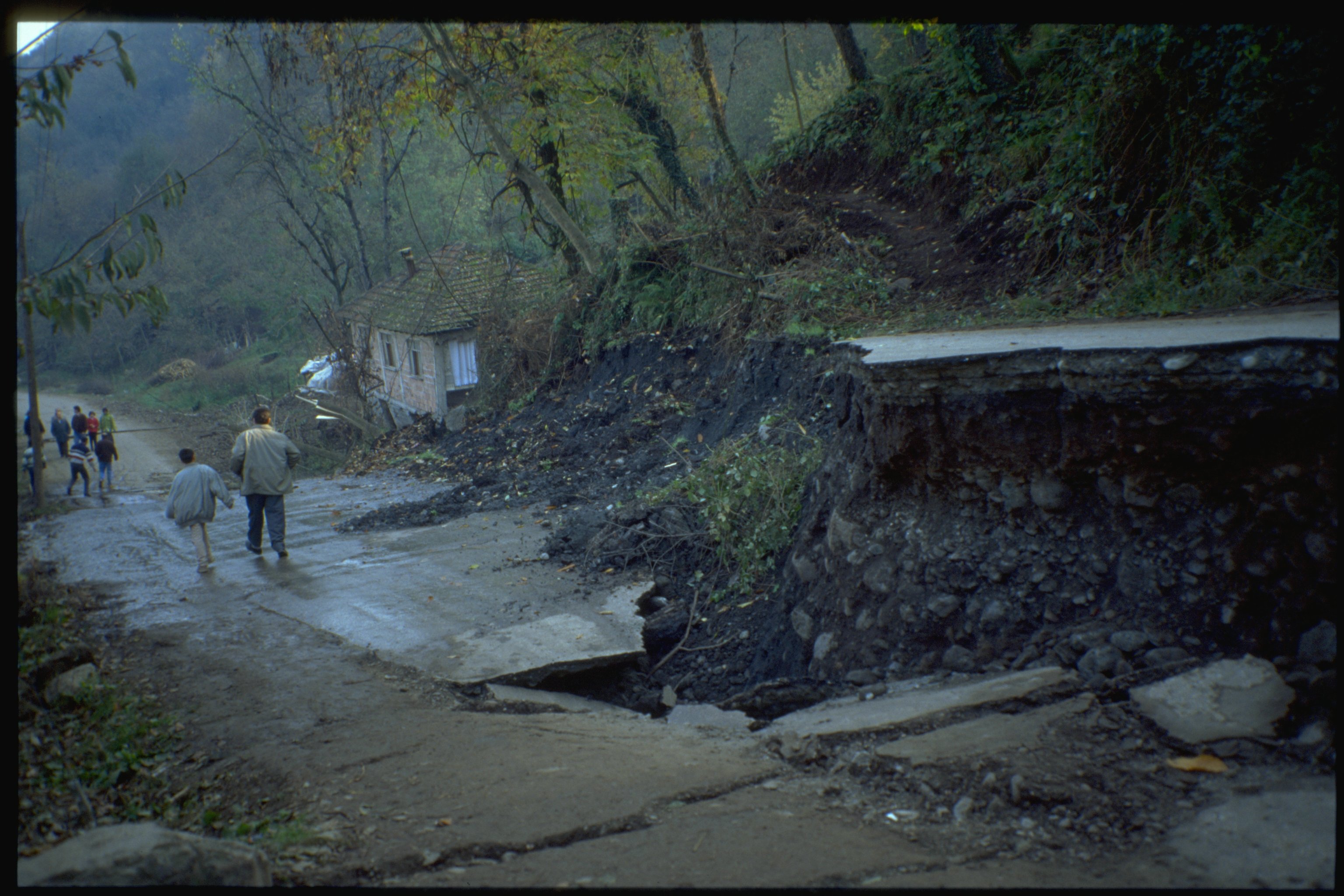All Categories
Featured
Table of Contents
Marine Geophysical Surveys in Waterford WA 2022

The main design for the radial structure of the interior of the Earth is the initial referral Earth model (PREM). Some parts of this model have been updated by current findings in mineral physics (see post-perovskite) and supplemented by seismic tomography. The mantle is generally composed of silicates, and the boundaries between layers of the mantle are constant with stage transitions.

This makes plate tectonics possible. Schematic of Earth's magnetosphere. The solar wind flows from delegated right. If a world's electromagnetic field is strong enough, its interaction with the solar wind forms a magnetosphere. Early area probes mapped out the gross dimensions of the Earth's magnetic field, which extends about 10 Earth radii towards the Sun.
Inside the magnetosphere, there are relatively thick regions of solar wind particles called the Van Allen radiation belts. Geophysical measurements are generally at a particular time and place.
Geophysical Surveys As Landscape Archaeology in Kewdale Oz 2022
A three-dimensional position is calculated using messages from four or more visible satellites and described the 1980 Geodetic Recommendation System. An alternative, optical astronomy, combines huge collaborates and the local gravity vector to get geodetic collaborates. This approach only supplies the position in 2 collaborates and is harder to use than GPS.
Gravity measurements ended up being part of geodesy due to the fact that they were required to associated measurements at the surface of the Earth to the recommendation coordinate system.
Satellites in space have made it possible to collect information from not just the noticeable light region, but in other locations of the electromagnetic spectrum. The planets can be characterized by their force fields: gravity and their magnetic fields, which are studied through geophysics and area physics. Determining the changes in velocity experienced by spacecraft as they orbit has enabled fine information of the gravity fields of the planets to be mapped.
Geophysicist Job Profile in Heathridge WA 2022

Given that geophysics is interested in the shape of the Earth, and by extension the mapping of features around and in the planet, geophysical measurements consist of high precision GPS measurements. These measurements are processed to increase their precision through differential GPS processing. When the geophysical measurements have actually been processed and inverted, the interpreted results are plotted using GIS.
Lots of geophysics companies have actually designed internal geophysics programs that pre-date Arc, GIS and Geo, Soft in order to fulfill the visualization requirements of a geophysical dataset. Exploration geophysics is applied geophysics that frequently utilizes remote picking up platforms such as; satellites, aircraft, ships, boats, rovers, drones, borehole noticing equipment, and seismic receivers.
For circumstances, aeromagnetic information (airplane collected magnetic data) collected utilizing traditional fixed-wing airplane platforms should be corrected for electromagnetic eddy currents that are developed as the airplane moves through Earth's electromagnetic field. There are likewise corrections associated with modifications in measured possible field strength as the Earth turns, as the Earth orbits the Sun, and as the moon orbits the Earth.
Geophysics in Samson Western Australia 2022
Signal processing involves the correction of time-series data for unwanted sound or errors introduced by the measurement platform, such as airplane vibrations in gravity information. It likewise involves the decrease of sources of noise, such as diurnal corrections in magnetic information. In seismic information, electro-magnetic information, and gravity data, processing continues after mistake corrections to include computational geophysics which result in the final analysis of the geophysical information into a geological interpretation of the geophysical measurements Geophysics emerged as a separate discipline just in the 19th century, from the crossway of physical location, geology, astronomy, meteorology, and physics.
The magnetic compass existed in China back as far as the 4th century BC. It was not up until great steel needles could be created that compasses were utilized for navigation at sea; prior to that, they might not keep their magnetism long enough to be helpful.
By looking at which of 8 toads had the ball, one might figure out the instructions of the earthquake.'s (1600 ), a report of a series of careful experiments in magnetism.
Geophysical Survey - Archaeological Research in Merriwa Western Australia 2020
In 1687 Isaac Newton published his, which not just laid the foundations for classical mechanics and gravitation but also explained a variety of geophysical phenomena such as the tides and the precession of the equinox. The first seismometer, an instrument capable of keeping a continuous record of seismic activity, was built by James Forbes in 1844. Geochemistry, Geophysics, Geosystems. National Aeronautics and Area Administration. Retrieved 13 November 2018.
Leipzig. Berlin (Gebruder Borntraeger). Runcorn, S.K, (editor-in-chief), 1967, International dictionary of geophysics:. Pergamon, Oxford, 2 volumes, 1,728 pp., 730 fig Geophysics, 1970, Encyclopaedia Britannica, Vol. 10, p. 202-202 Ross 1995, pp. 236242 Shearer, Peter M. (2009 ). Intro to seismology (2nd ed.). Cambridge: Cambridge University Press. ISBN 9780521708425. Stphane, Sainson (2017 ).
Latest Posts
Geophysical Exploration in Hocking Australia 2022
5 Surface Geophysics in Sorrento WA 2021
Consumer Guide To Geological And Geophysical Services ... in Safety Bay Western Australia 2020